If you're dealing with a clogged kitchen sink, one of the first solutions that may come to mind is using Drano. This popular drain cleaner promises to quickly and effectively clear any clogs in your pipes. But before you pour that bottle down your kitchen sink, you may be wondering: can I use Drano on a kitchen sink? The answer is yes, you can use Drano on a kitchen sink. However, there are a few important things to keep in mind before you do so. Firstly, make sure you're using the right type of Drano for your kitchen sink. Drano offers different formulas for different types of clogs and pipes. If you have a kitchen sink clogged with grease or food particles, you'll want to use Drano Kitchen Granules or Drano Max Gel. If your kitchen sink is clogged with hair or soap scum, opt for Drano Max Gel Clog Remover or Drano Liquid Clog Remover. It's also important to be aware of the risks of using Drano. Drano contains powerful chemicals that can be harmful if not used properly. If you have a septic system, using Drano can also damage the good bacteria that help break down waste. It's always a good idea to wear gloves and eye protection when handling Drano and to follow the instructions carefully. Another thing to consider is the age and condition of your pipes. If you have older or delicate pipes, using Drano can potentially cause damage. If you're unsure about the state of your pipes, it may be best to avoid using Drano and try a different solution.Can I Use Drano on a Kitchen Sink?
Now that you know it's safe to use Drano on your kitchen sink, here's a step-by-step guide on how to do it: Step 1: Remove any standing water from the sink. If there's still water in your sink, use a cup or bowl to scoop it out. Drano needs to come into direct contact with the clog, so you don't want any excess water blocking it. Step 2: Carefully pour the recommended amount of Drano down the drain. Refer to the instructions on the bottle for the appropriate amount to use. Avoid splashing or spilling the Drano. Step 3: Let it sit for at least 15 minutes. This allows the Drano to work its magic and break down the clog. Step 4: Run hot water down the drain. After 15 minutes, turn on your faucet and let hot water run for a few minutes. This will help flush out the clog and any remaining Drano. Step 5: Repeat if necessary. If the clog is still there, you may need to repeat the process a few times. Just be sure to wait 15 minutes in between applications.How to Use Drano on a Kitchen Sink
As mentioned earlier, Drano contains harsh chemicals that can be dangerous if not used properly. However, when used correctly, it is generally safe for kitchen sinks. Just be sure to follow the instructions and take the necessary precautions. If you're looking for a more natural alternative to Drano, there are a few options you can try: Baking soda and vinegar: This classic combination can help break down clogs and clear your pipes. Simply pour half a cup of baking soda down the drain, followed by half a cup of vinegar. Let it sit for 15 minutes before flushing with hot water. Boiling water: For minor clogs, simply pouring boiling water down the drain can often do the trick. This method is especially effective for clogs caused by grease. A plunger: If the clog is close to the surface, using a plunger can help dislodge it. Just be sure to cover the overflow hole with a wet cloth before plunging.Is Drano Safe for Kitchen Sinks?
If you're hesitant to use Drano or simply want to try a different approach, here are a few other solutions you can try: Salt and hot water: Pour a cup of salt down the drain, followed by a pot of boiling water. Let it sit for a few minutes before flushing with more hot water. Wire hanger: Straighten out a wire hanger and use it to fish out any hair or debris that may be causing the clog. Natural enzymes: There are natural enzyme-based drain cleaners available that can break down clogs without the use of harsh chemicals. Look for products that are specifically designed for kitchen sinks.Alternatives to Drano for Kitchen Sinks
If you don't have any Drano on hand or prefer not to use it, here's a simple method for unclogging your kitchen sink without it: Step 1: Create a baking soda paste. Mix half a cup of baking soda with half a cup of water until it forms a paste. Step 2: Pour the paste down the drain. Use a spatula or spoon to push the paste down into the drain and cover the entire opening. Step 3: Pour a cup of vinegar down the drain. The vinegar will react with the baking soda, causing it to foam and break down any buildup in your pipes. Step 4: Let it sit for 15 minutes. Again, the key is to give the mixture enough time to work its way through the clog. Step 5: Flush with hot water. After 15 minutes, run hot water down the drain to flush out any remaining debris.How to Unclog a Kitchen Sink Without Drano
Drano is not the only drain cleaner on the market. Here are some other popular options and how they compare to Drano: Liquid-Plumr: This is another popular brand of drain cleaner that works in a similar way to Drano. It contains similar chemicals and also comes in different formulas for different types of clogs. Zep: Zep offers a range of drain cleaners, including a specifically designed product for kitchen sinks. Their products also contain powerful chemicals and should be used with caution. Green Gobbler: If you're looking for a more eco-friendly option, Green Gobbler offers a biodegradable and safe drain cleaner that uses natural enzymes to break down clogs.Drano vs. Other Drain Cleaners for Kitchen Sinks
The amount of time it takes for Drano to work will depend on the severity of the clog. In most cases, it should start to break down the clog within 15 minutes. However, for tougher clogs, it may take a few applications and some time for the Drano to fully work its way through the pipes.How Long Does Drano Take to Work on a Kitchen Sink?
When used properly, Drano should not damage your kitchen sink. However, it's important to be aware that it contains harsh chemicals that can potentially cause damage to older or delicate pipes. If you're unsure about the state of your pipes, it may be best to avoid using Drano and try a different solution.Can Drano Damage My Kitchen Sink?
Prevention is always better than dealing with a clogged kitchen sink. Here are a few simple tips to help keep your kitchen sink running smoothly: Dispose of food scraps properly: Don't pour oils, grease, or large food scraps down your kitchen sink. Instead, dispose of them in the trash or compost. Use a drain strainer: Invest in a drain strainer to catch any food particles or debris before they go down your drain. Run hot water regularly: Running hot water down your kitchen sink regularly can help prevent buildup and keep your pipes clear. Don't pour chemicals down the drain: Avoid using harsh chemicals like bleach or drain cleaners in your kitchen sink, as they can damage your pipes and harm the environment.How to Prevent Clogs in Kitchen Sinks
If you've tried all the DIY methods and your kitchen sink is still clogged, it may be time to call in a professional plumber. They have the expertise and tools to effectively clear tough clogs without causing any damage to your pipes. Remember, prevention is key when it comes to clogged kitchen sinks. But if you do find yourself dealing with a clog, use Drano or one of the alternatives mentioned above with caution and always follow the instructions carefully.When to Call a Professional for a Clogged Kitchen Sink
Why Drano May Not Be the Best Solution for Your Kitchen Sink
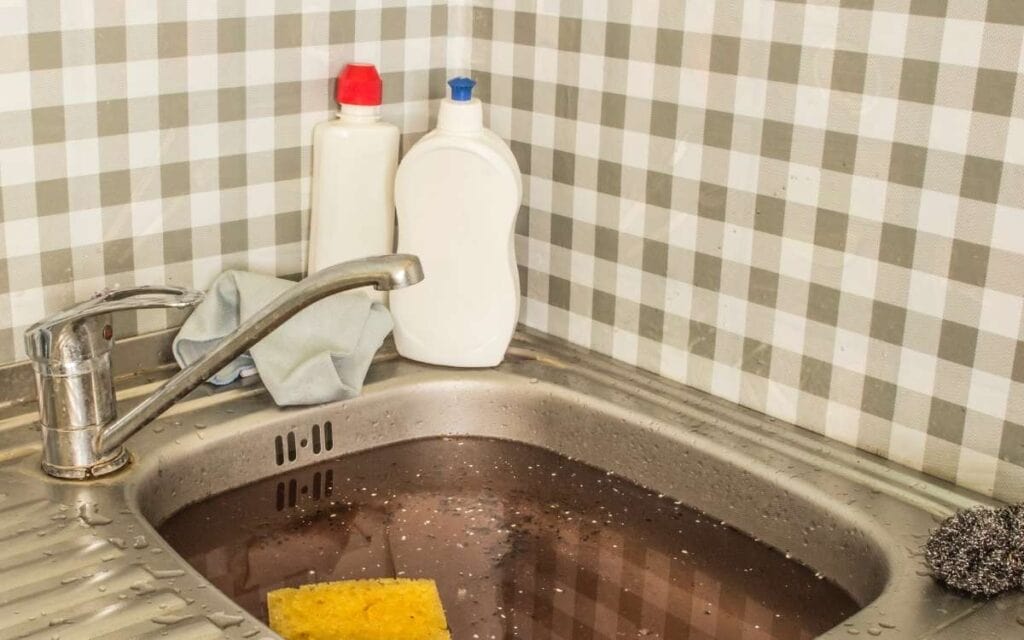
The Dangers of Using Drano on Your Kitchen Sink
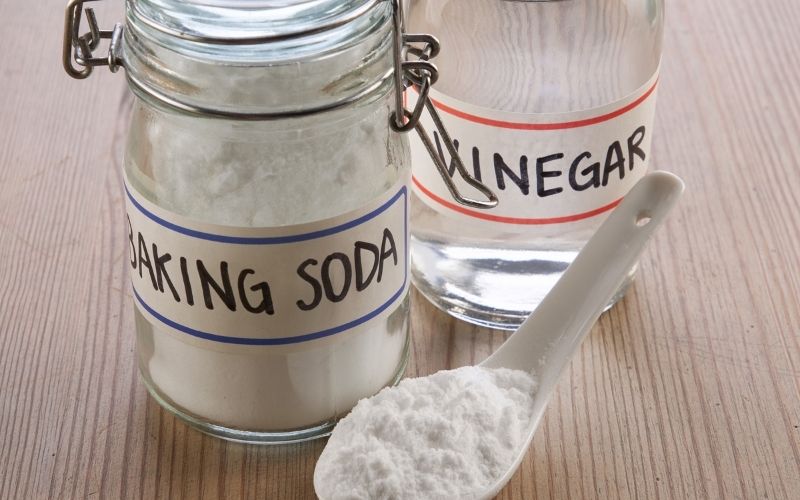 When faced with a clogged kitchen sink, many homeowners turn to Drano as a quick and easy solution. However, using Drano may not always be the best option. Drano is a chemical-based product that works by dissolving hair, grease, and other clogging materials. While it may seem like a convenient fix, there are several dangers to using Drano on your kitchen sink.
1. Harmful Chemicals
Drano contains powerful chemicals such as sodium hydroxide and sodium hypochlorite, which can cause skin irritation, burns, and even blindness if it comes in contact with your eyes. These chemicals can also cause damage to your pipes and plumbing system, leading to costly repairs in the future.
2. Not Effective on All Types of Clogs
Drano is designed to dissolve organic materials such as hair and food particles. However, it may not be effective on other types of clogs, such as mineral deposits or foreign objects. In fact, using Drano on these types of clogs can actually make the problem worse by creating a chemical reaction and causing further blockages.
When faced with a clogged kitchen sink, many homeowners turn to Drano as a quick and easy solution. However, using Drano may not always be the best option. Drano is a chemical-based product that works by dissolving hair, grease, and other clogging materials. While it may seem like a convenient fix, there are several dangers to using Drano on your kitchen sink.
1. Harmful Chemicals
Drano contains powerful chemicals such as sodium hydroxide and sodium hypochlorite, which can cause skin irritation, burns, and even blindness if it comes in contact with your eyes. These chemicals can also cause damage to your pipes and plumbing system, leading to costly repairs in the future.
2. Not Effective on All Types of Clogs
Drano is designed to dissolve organic materials such as hair and food particles. However, it may not be effective on other types of clogs, such as mineral deposits or foreign objects. In fact, using Drano on these types of clogs can actually make the problem worse by creating a chemical reaction and causing further blockages.
Alternative Solutions for a Clogged Kitchen Sink
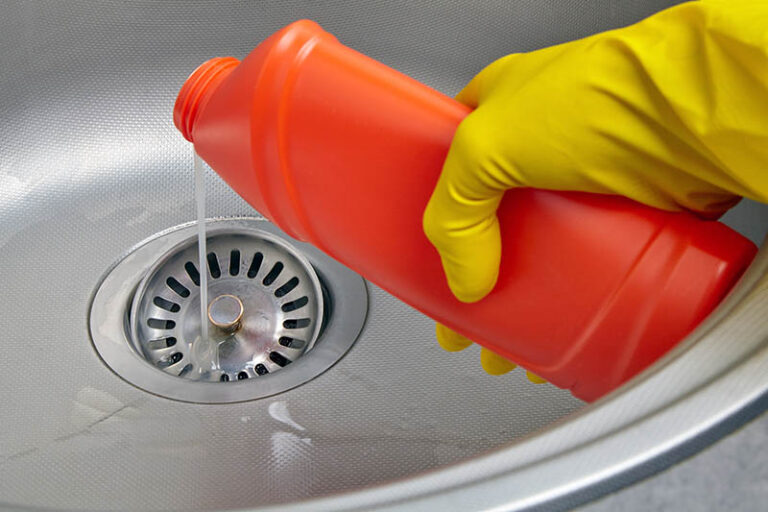 Instead of relying on Drano, consider trying these alternative solutions for a clogged kitchen sink.
1. Plunger
A plunger is a simple and effective tool for unclogging kitchen sinks. Place the plunger over the drain and push down and pull up in quick, forceful motions to create suction and dislodge the clog.
2. Baking Soda and Vinegar
Mix equal parts baking soda and vinegar and pour it down the drain. Let it sit for 15-20 minutes before flushing it with hot water. The chemical reaction between the two ingredients can help break down and dissolve clogs.
3. Drain Snake
A drain snake is a long, flexible tool with a coiled wire at the end that can be inserted into the drain to physically remove clogs. This is a more environmentally-friendly and safer option compared to using chemicals like Drano.
In conclusion, while Drano may seem like a quick fix for a clogged kitchen sink, it comes with potential dangers and may not always be the most effective solution. By considering alternative methods and taking preventative measures, you can keep your kitchen sink free of clogs without relying on harmful chemicals.
Instead of relying on Drano, consider trying these alternative solutions for a clogged kitchen sink.
1. Plunger
A plunger is a simple and effective tool for unclogging kitchen sinks. Place the plunger over the drain and push down and pull up in quick, forceful motions to create suction and dislodge the clog.
2. Baking Soda and Vinegar
Mix equal parts baking soda and vinegar and pour it down the drain. Let it sit for 15-20 minutes before flushing it with hot water. The chemical reaction between the two ingredients can help break down and dissolve clogs.
3. Drain Snake
A drain snake is a long, flexible tool with a coiled wire at the end that can be inserted into the drain to physically remove clogs. This is a more environmentally-friendly and safer option compared to using chemicals like Drano.
In conclusion, while Drano may seem like a quick fix for a clogged kitchen sink, it comes with potential dangers and may not always be the most effective solution. By considering alternative methods and taking preventative measures, you can keep your kitchen sink free of clogs without relying on harmful chemicals.
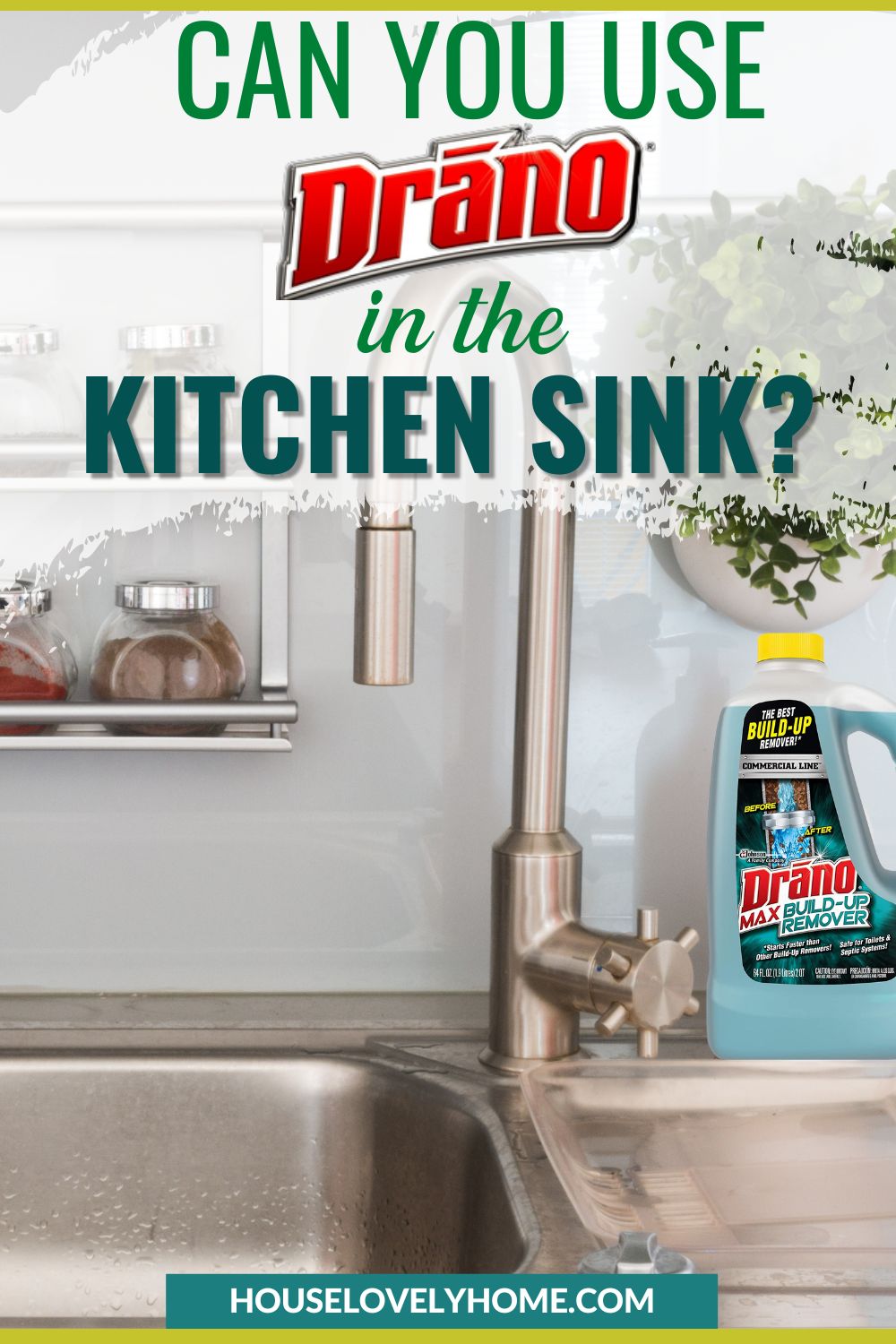
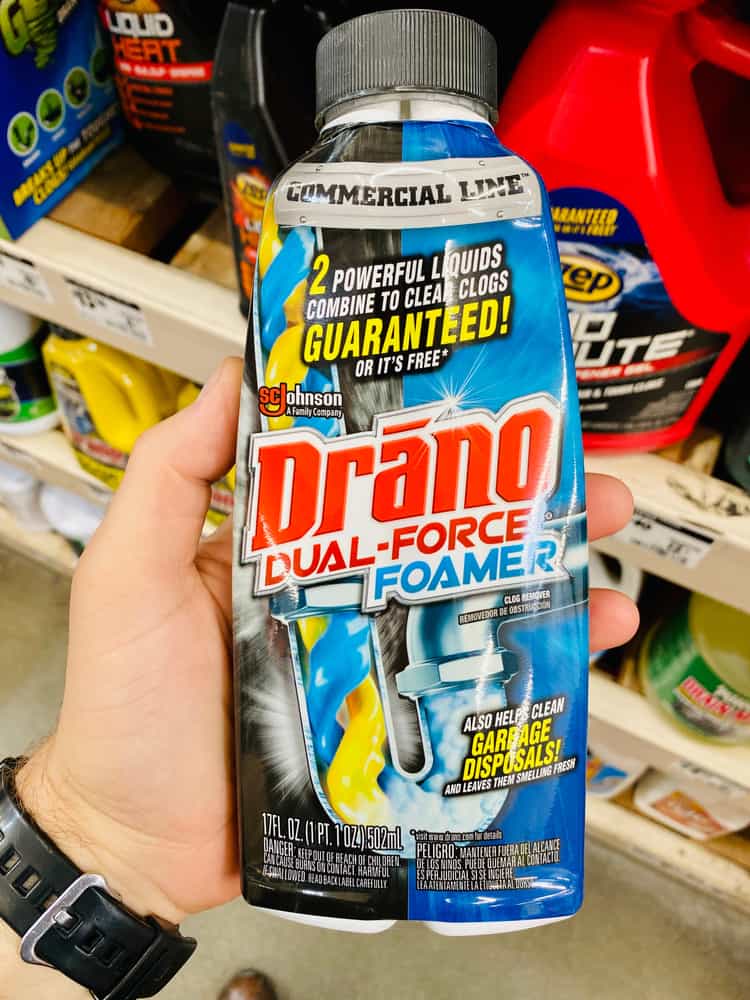





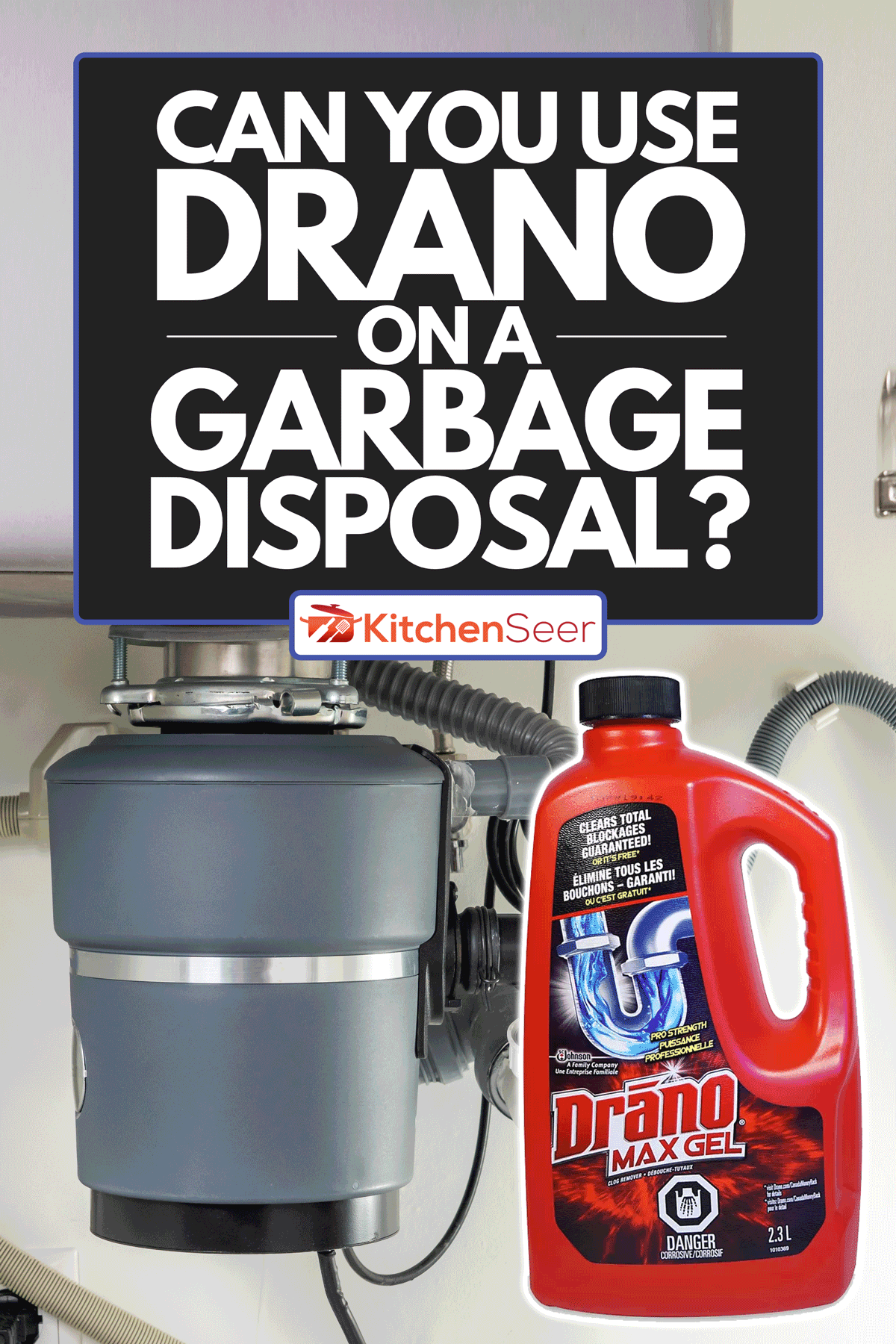








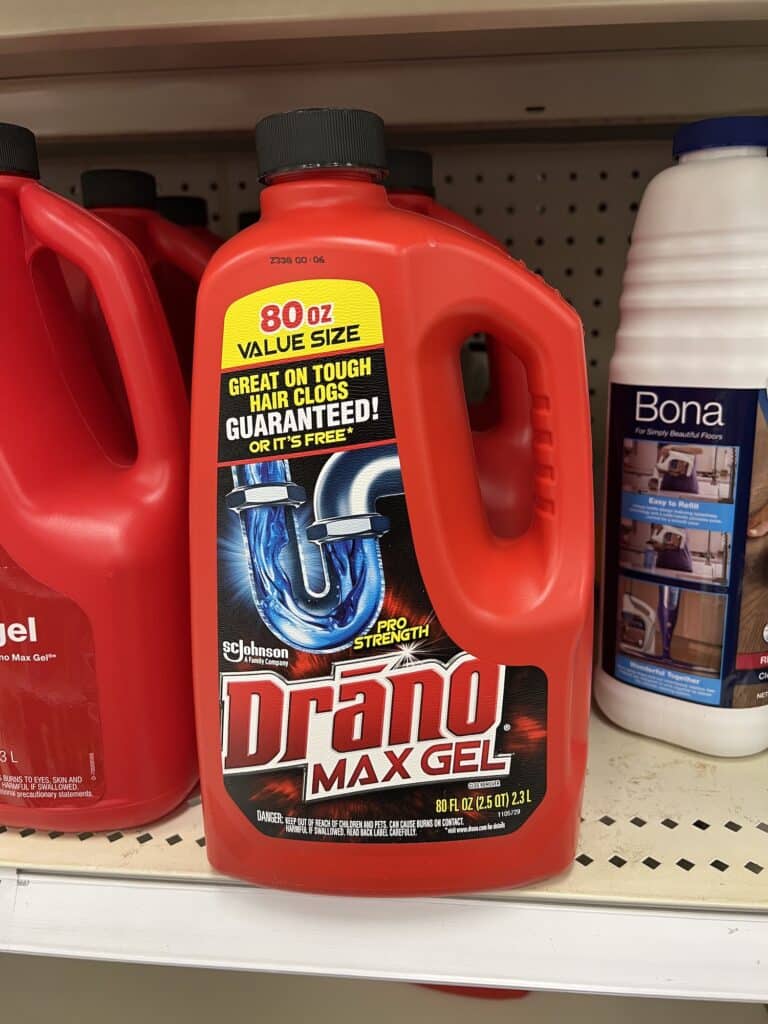

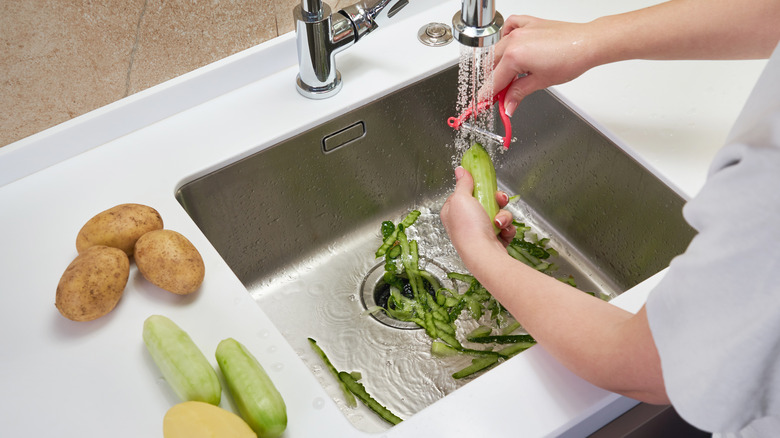


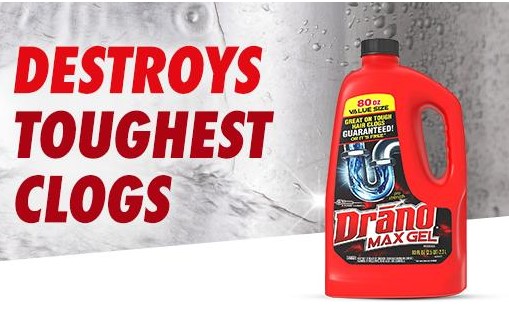


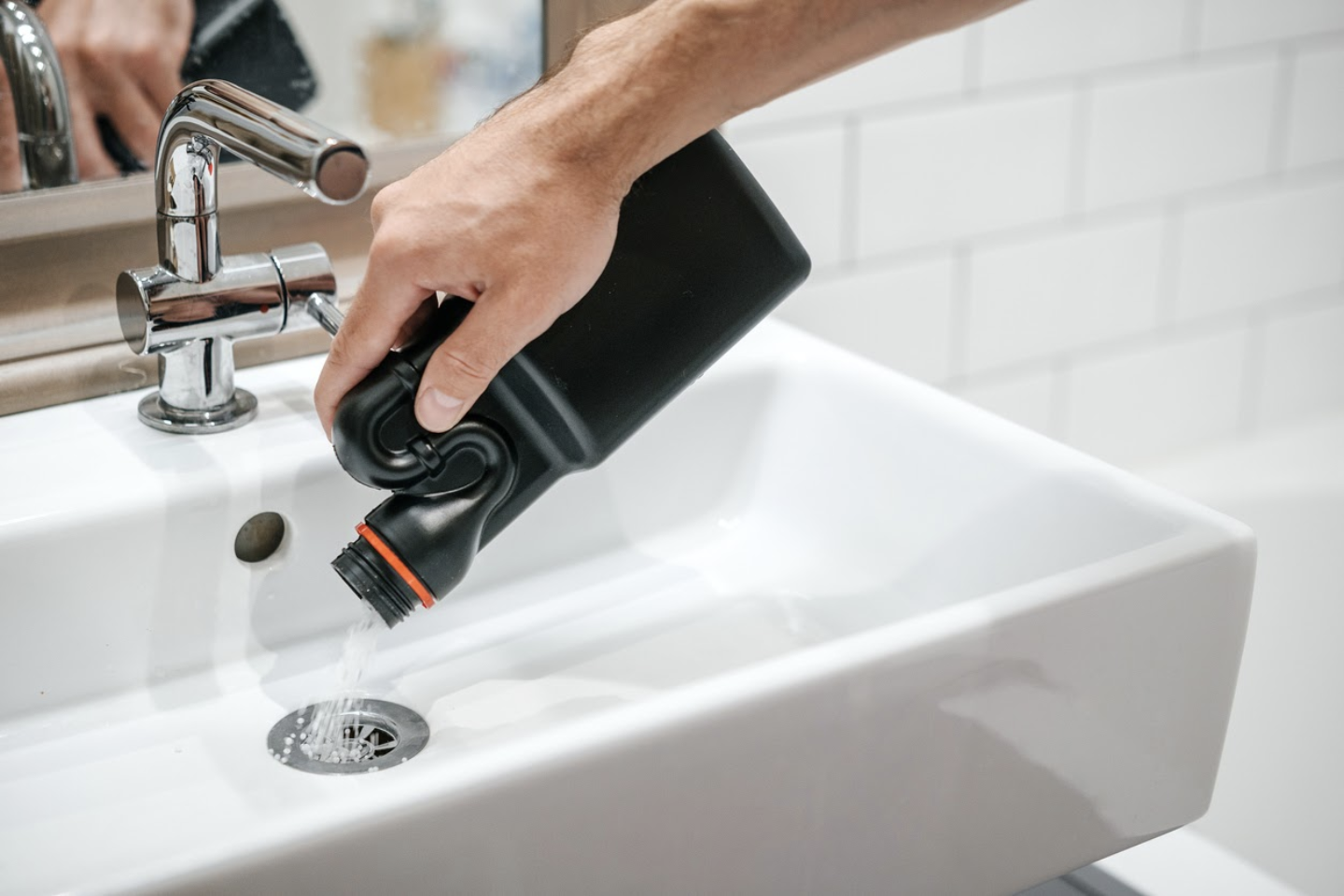
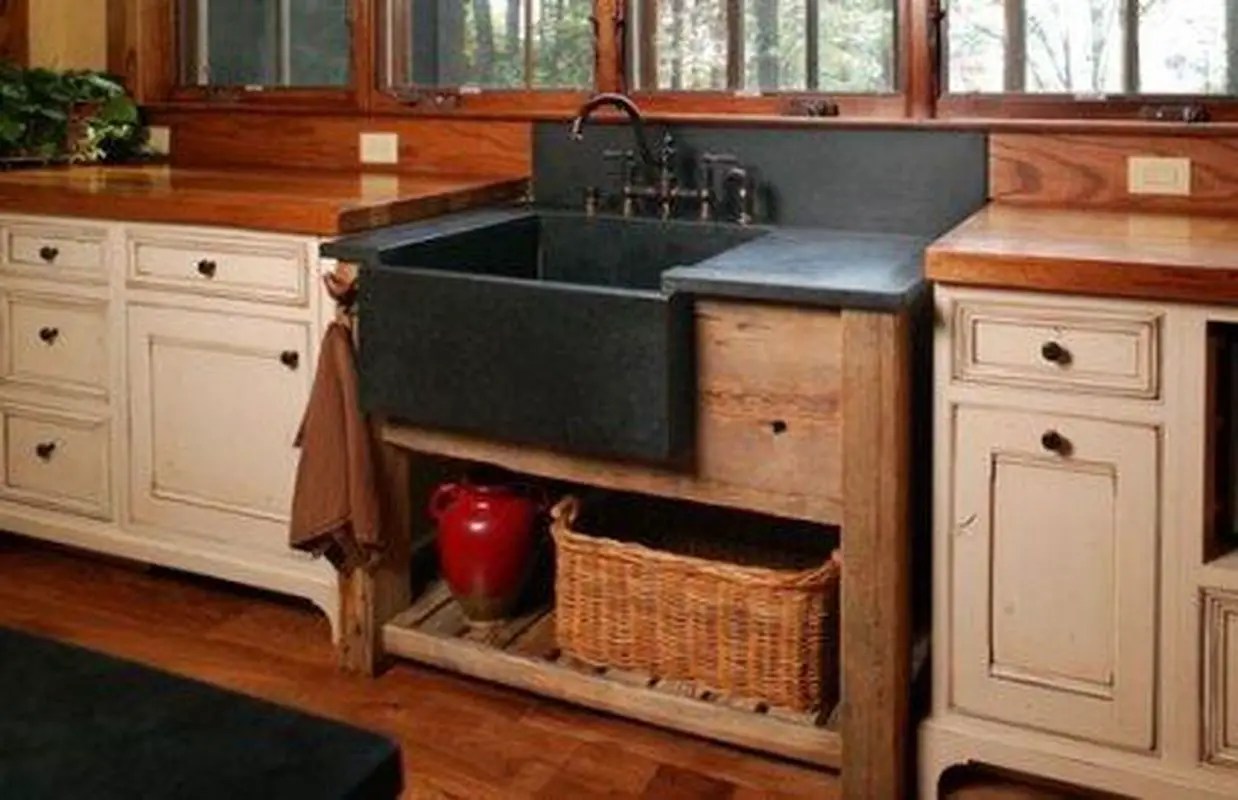


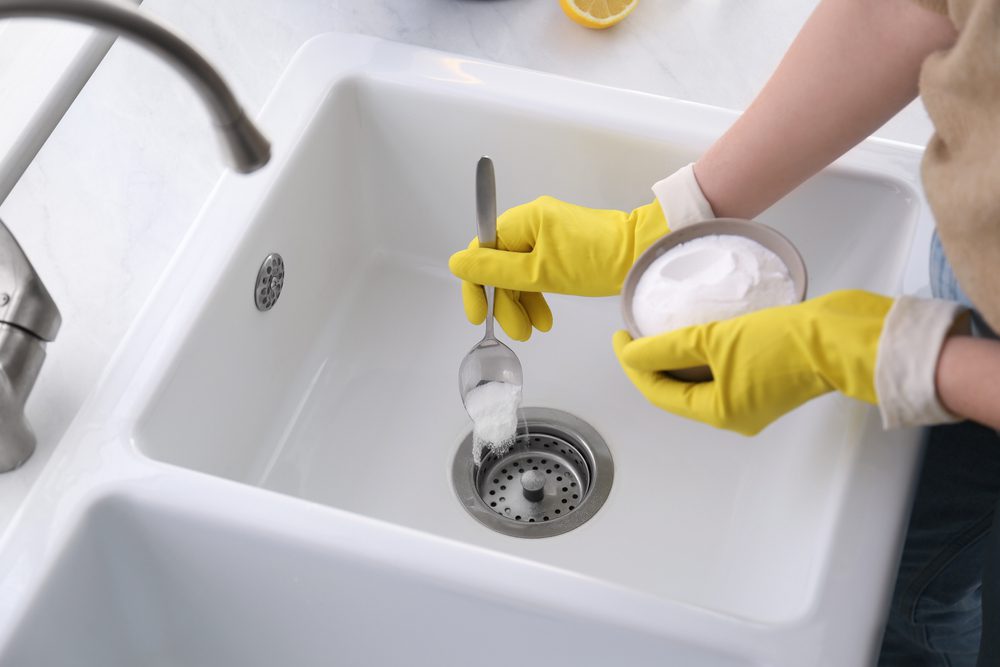


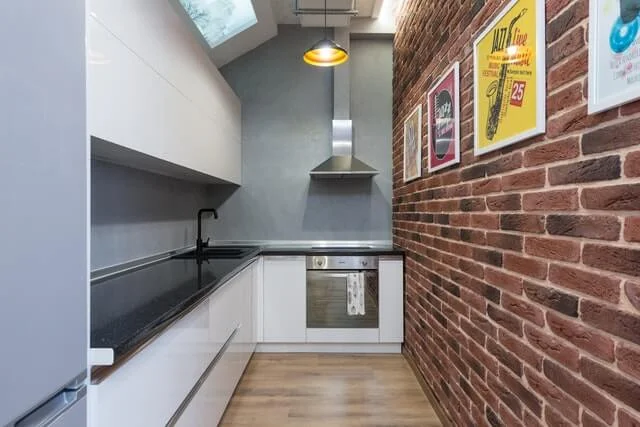







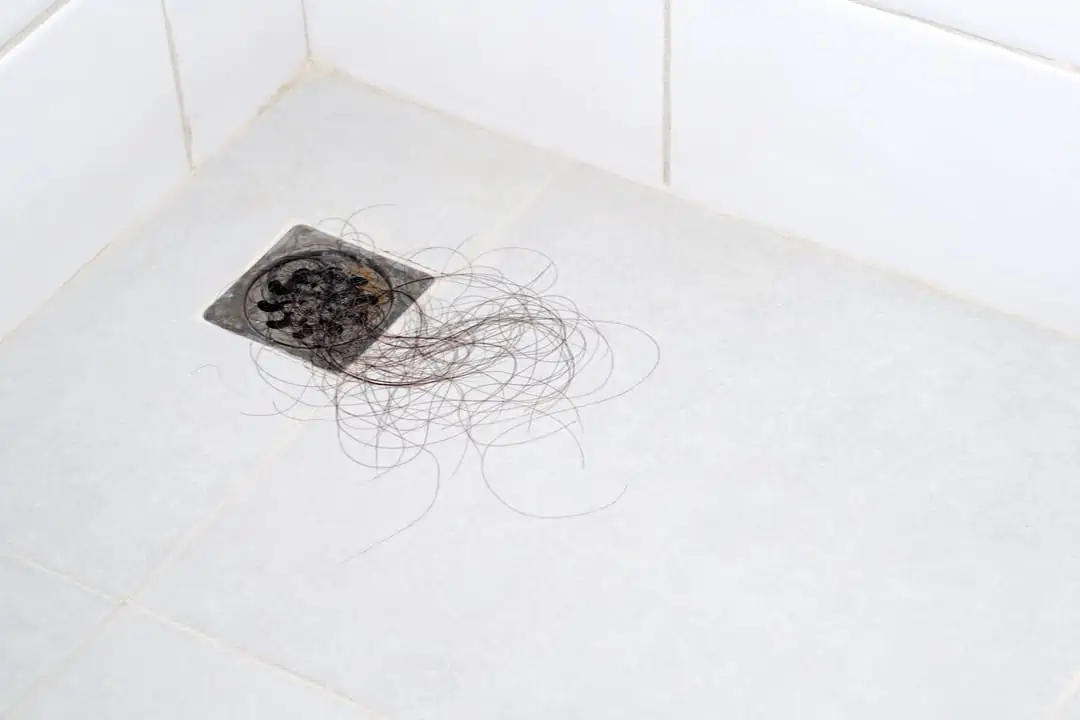



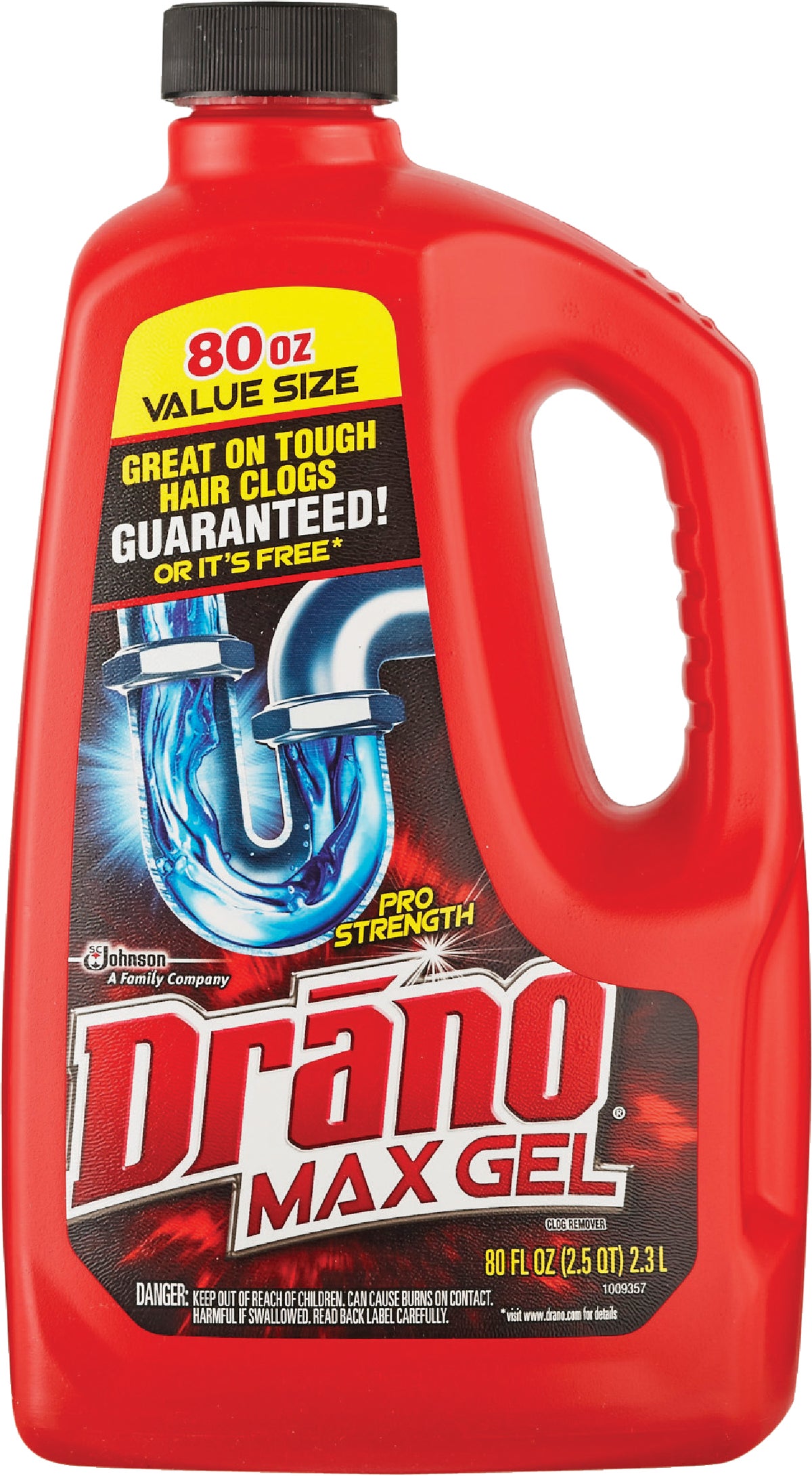


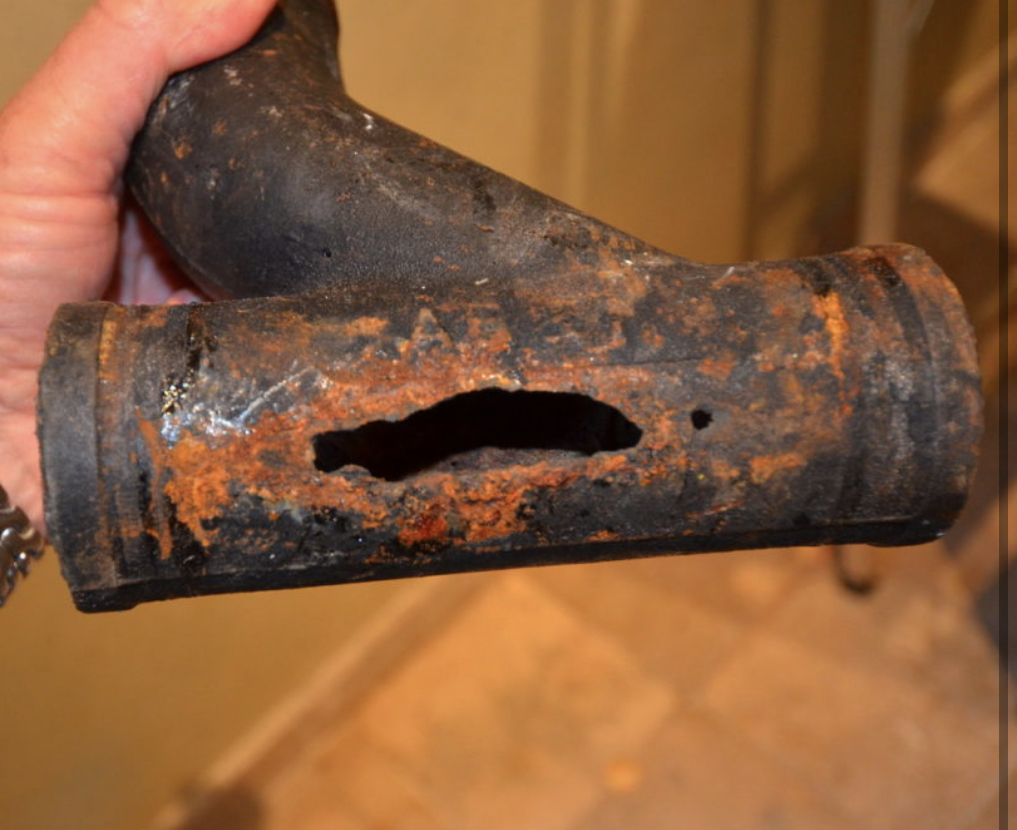









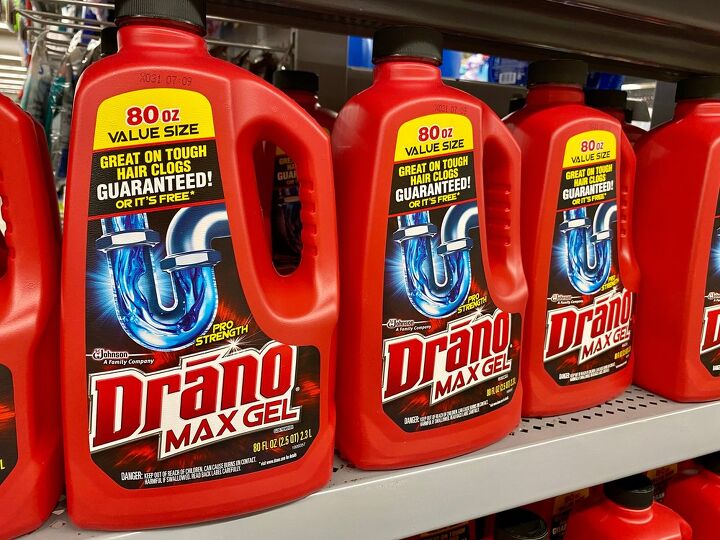

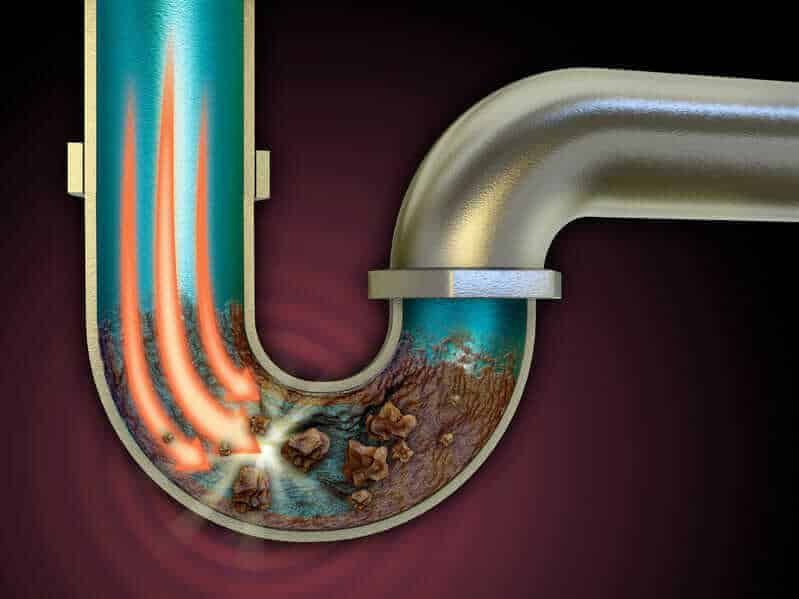
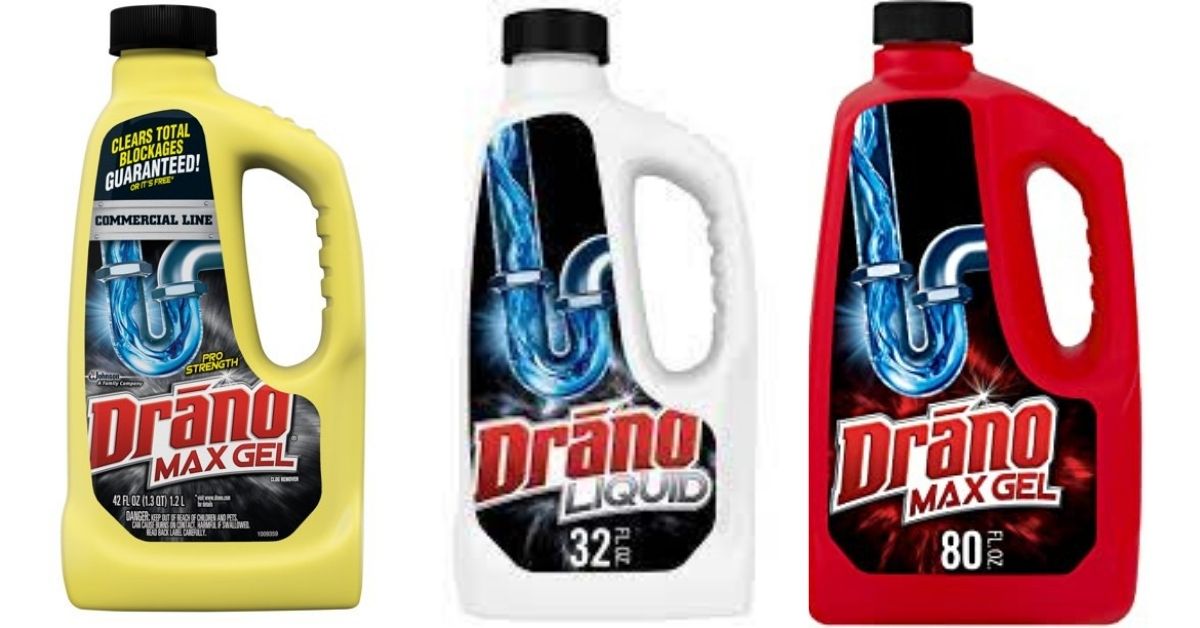
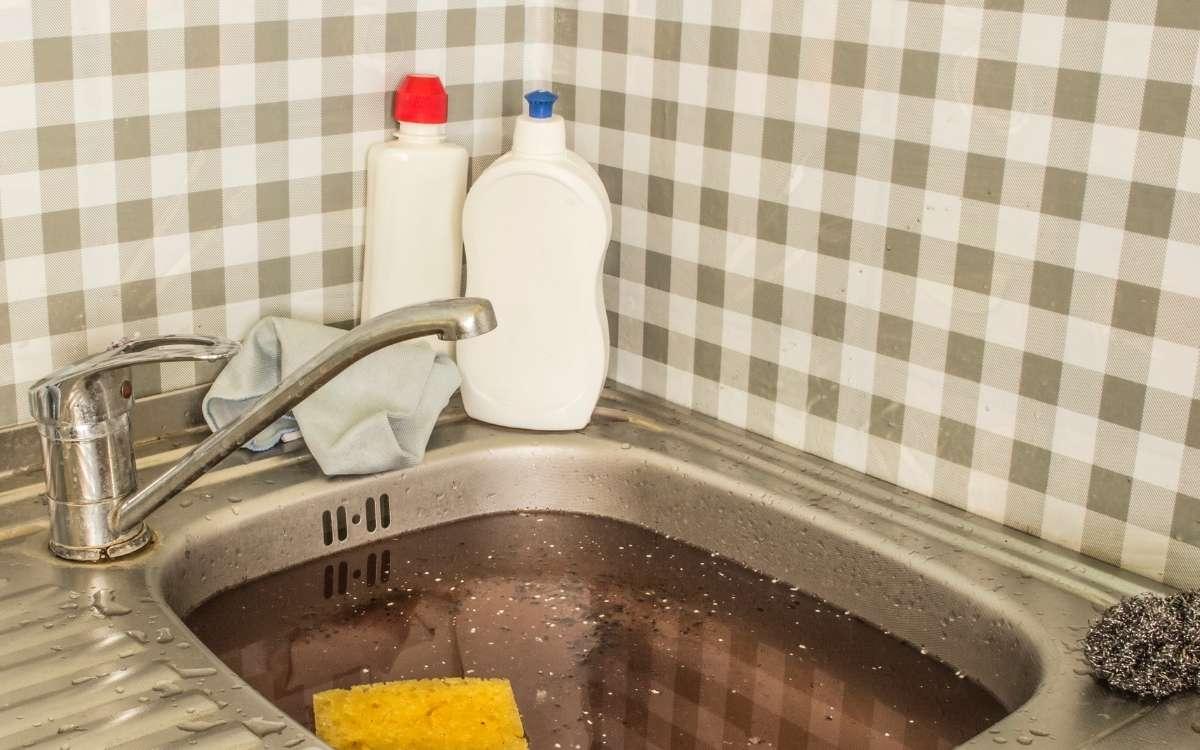
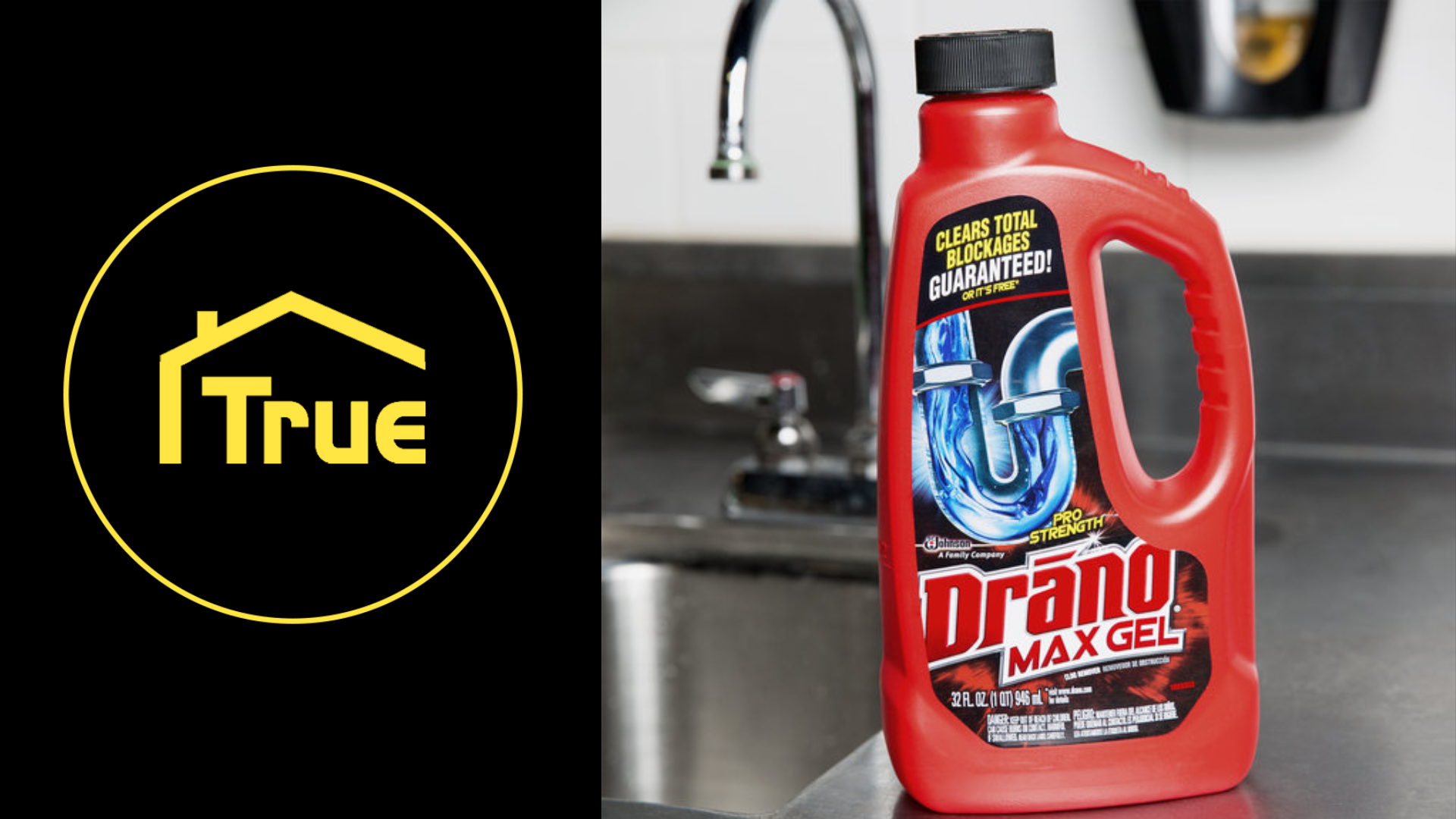
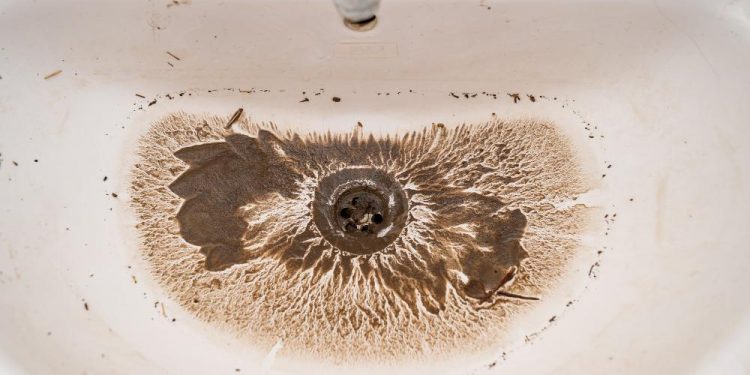
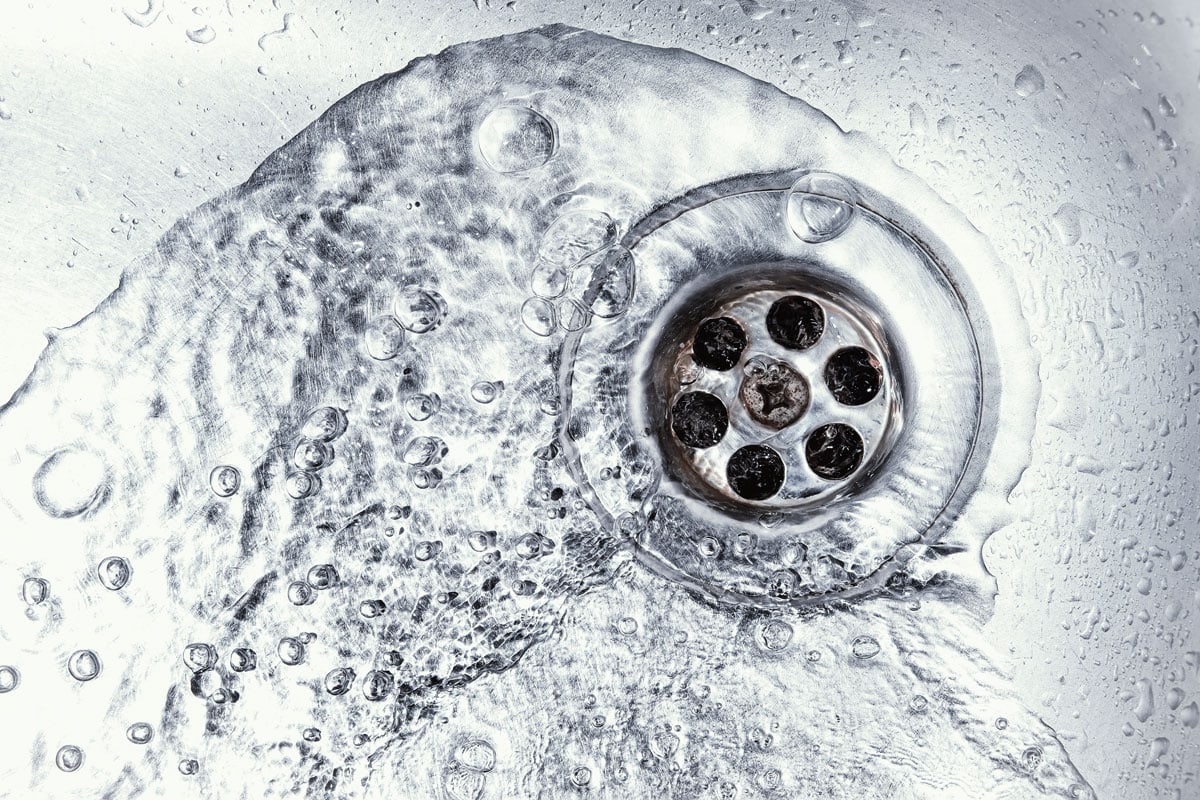


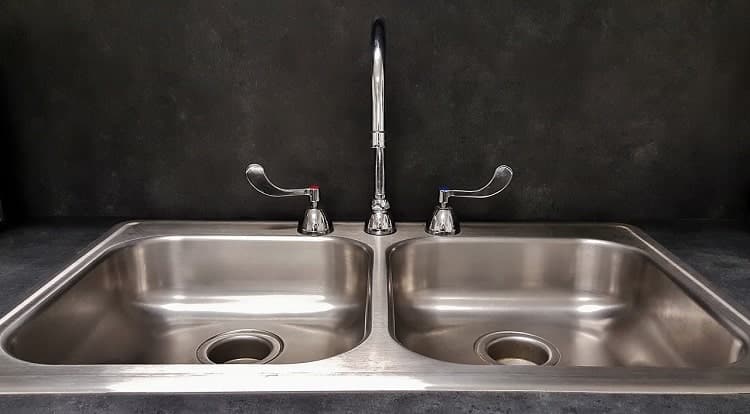
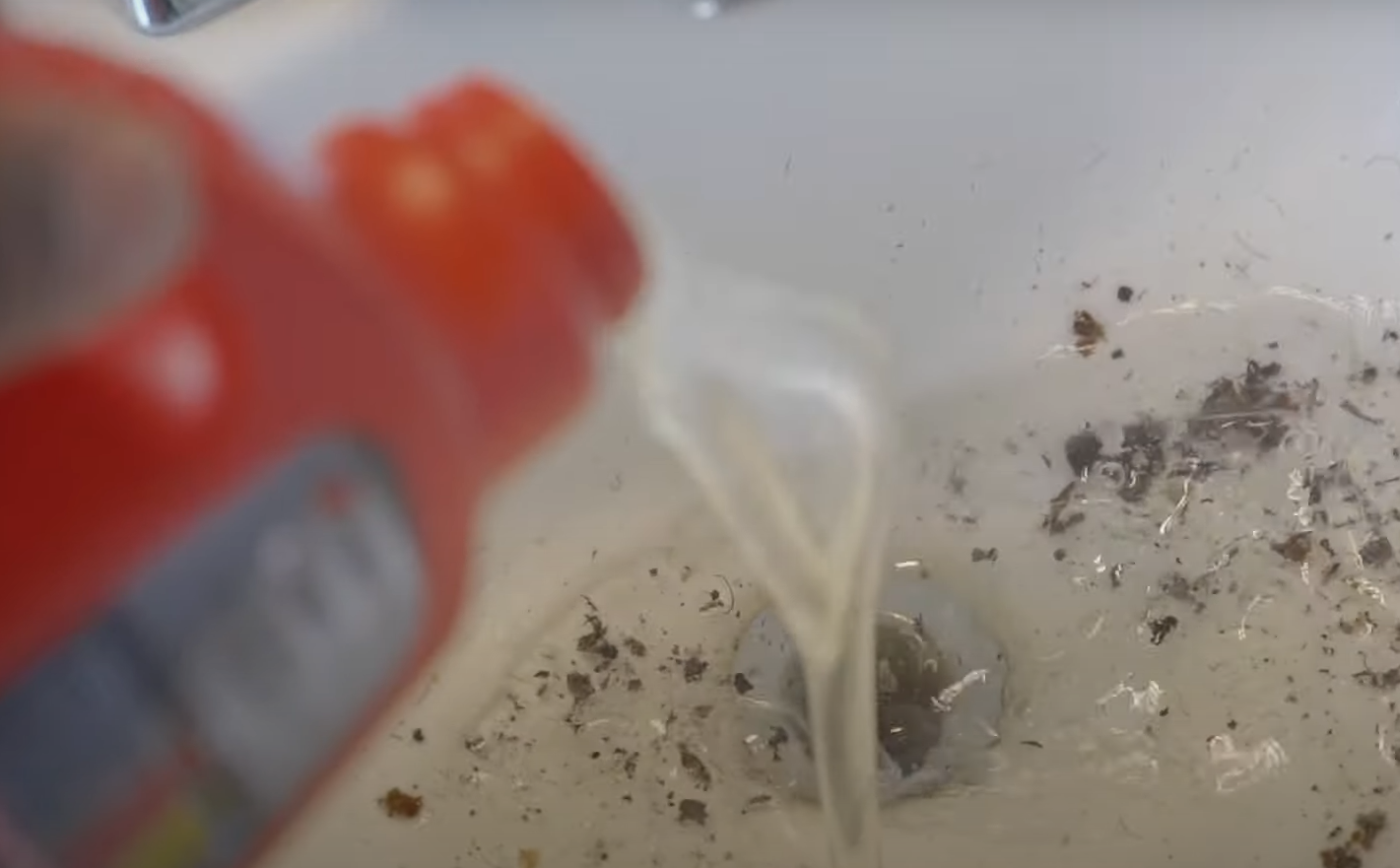
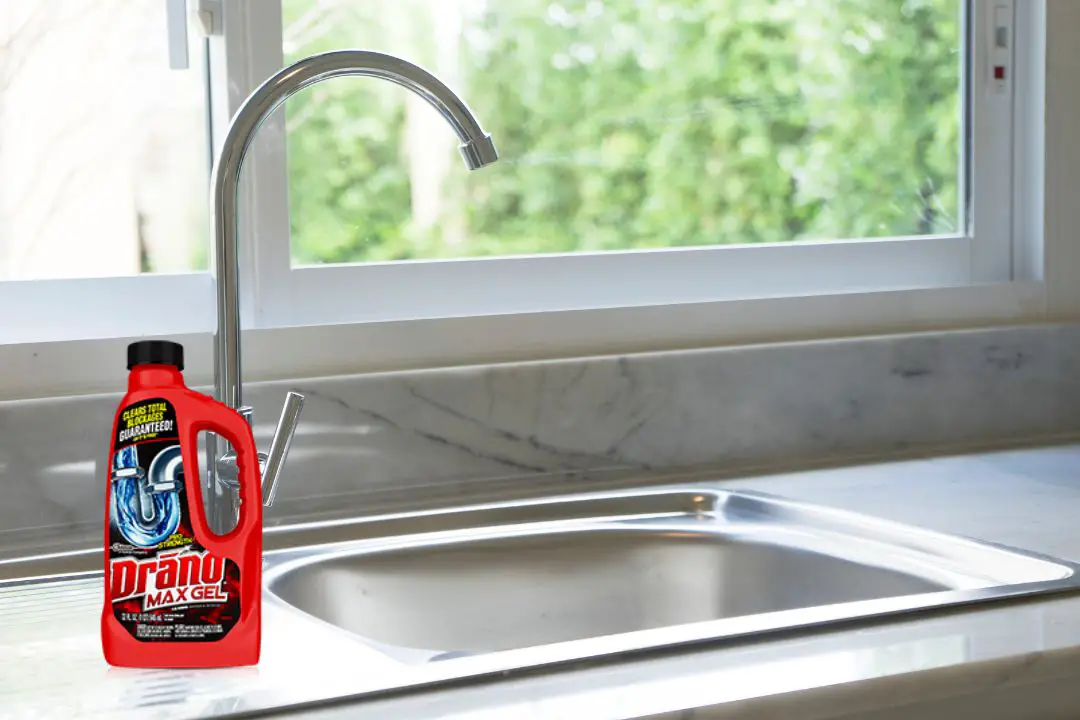




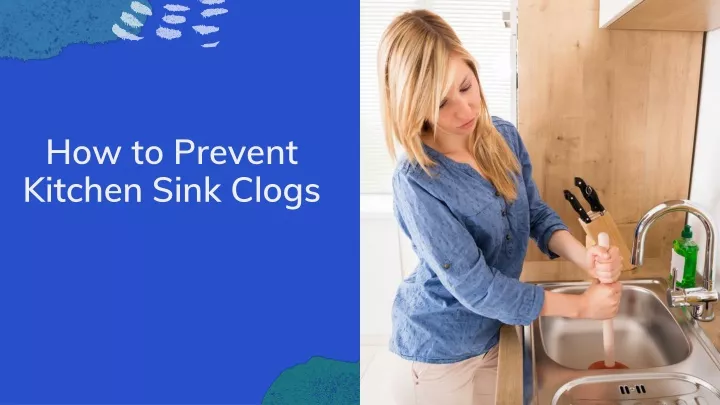


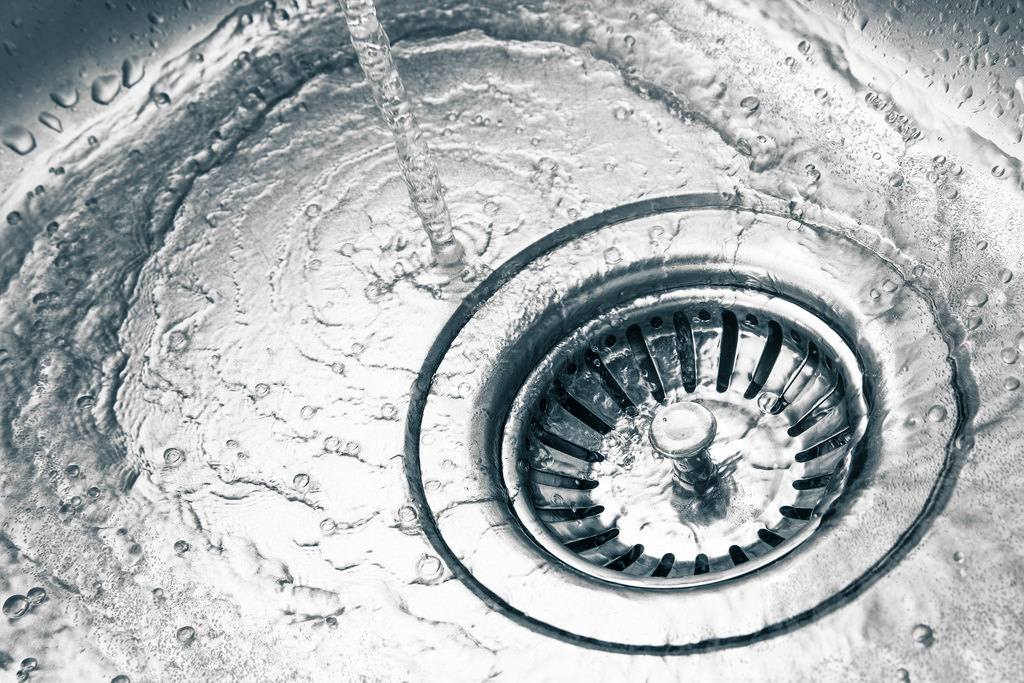

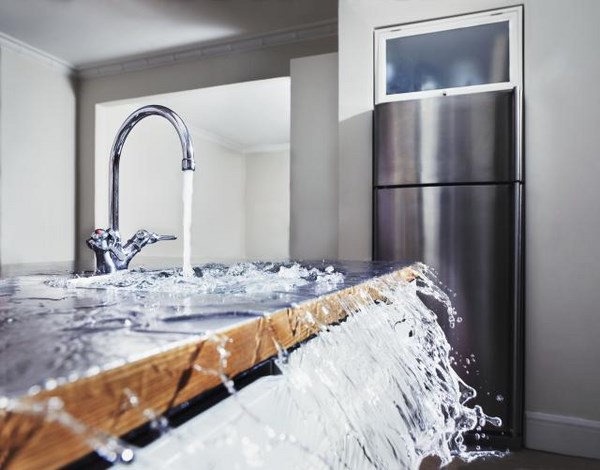






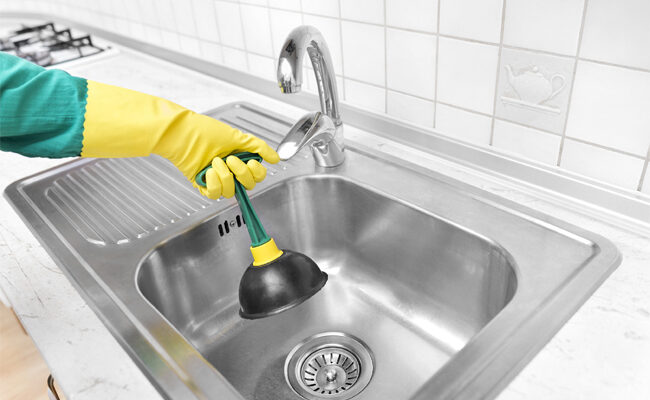
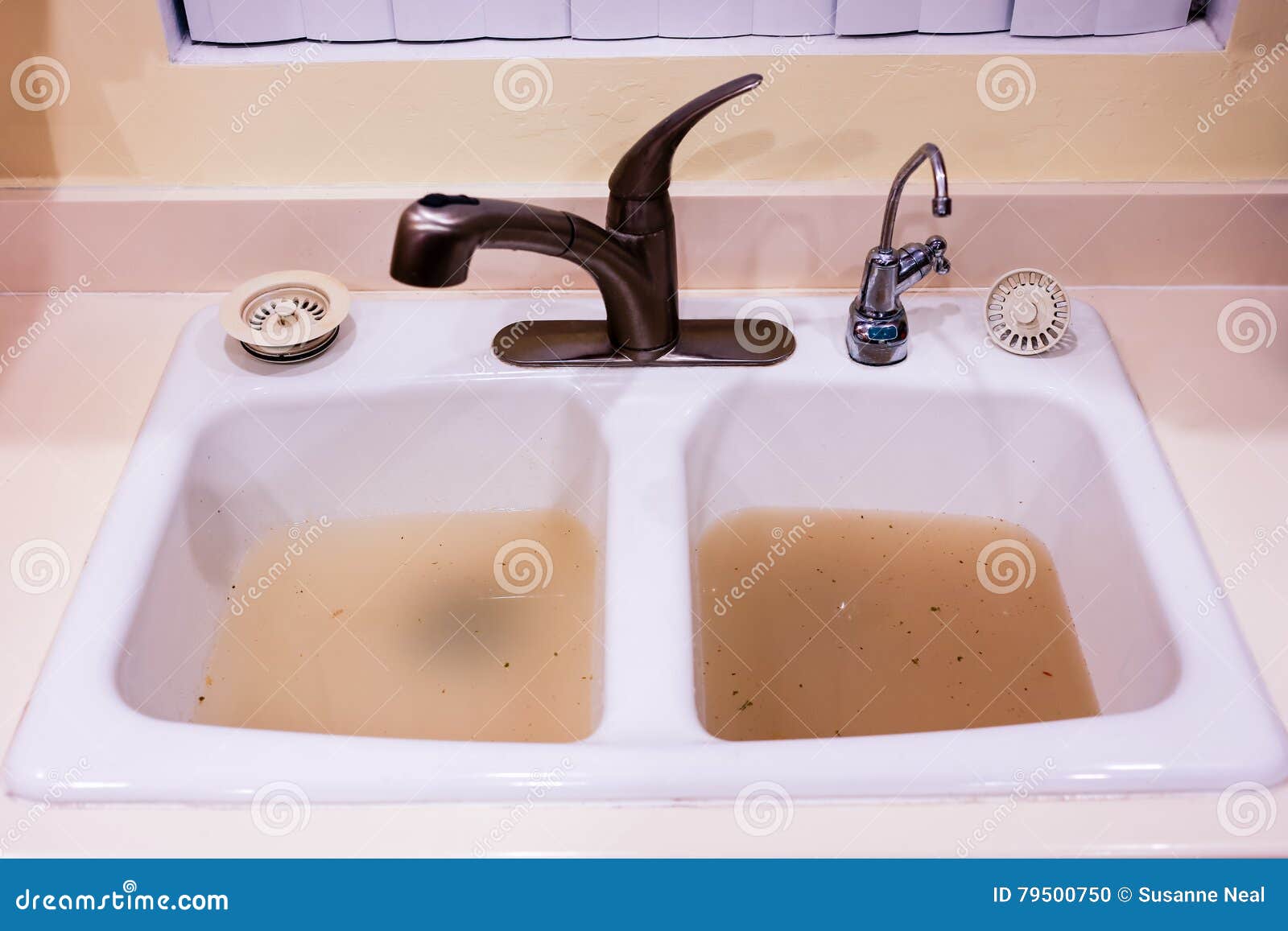
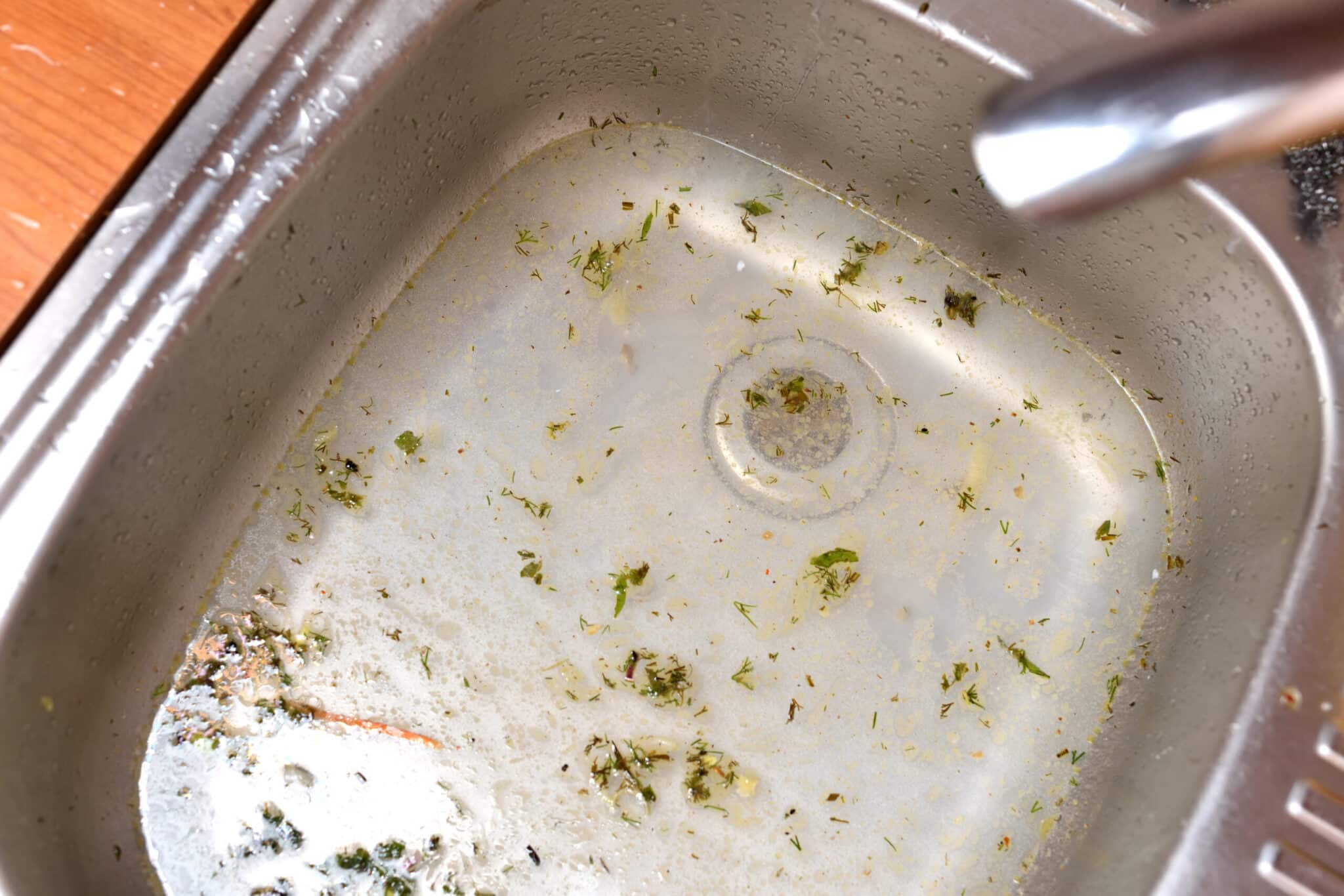



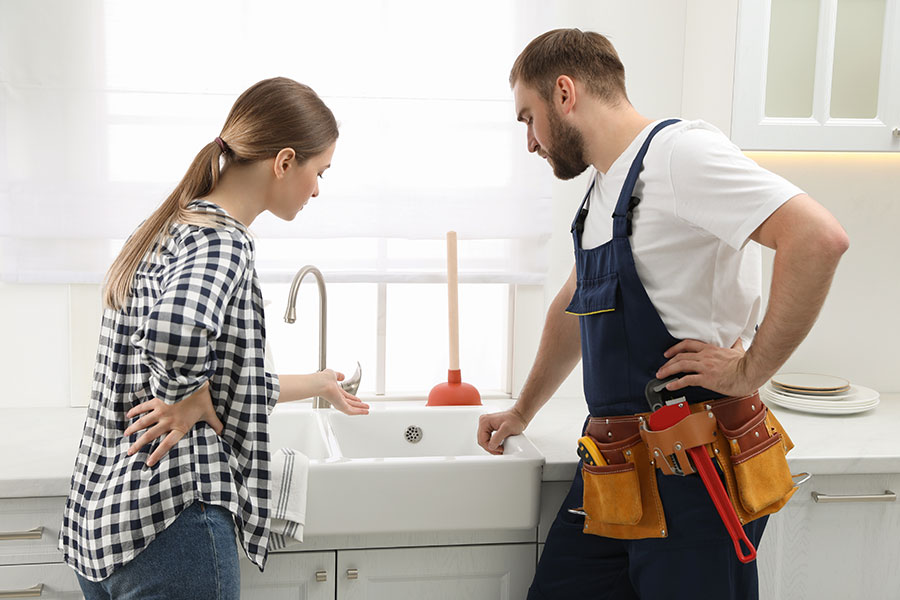
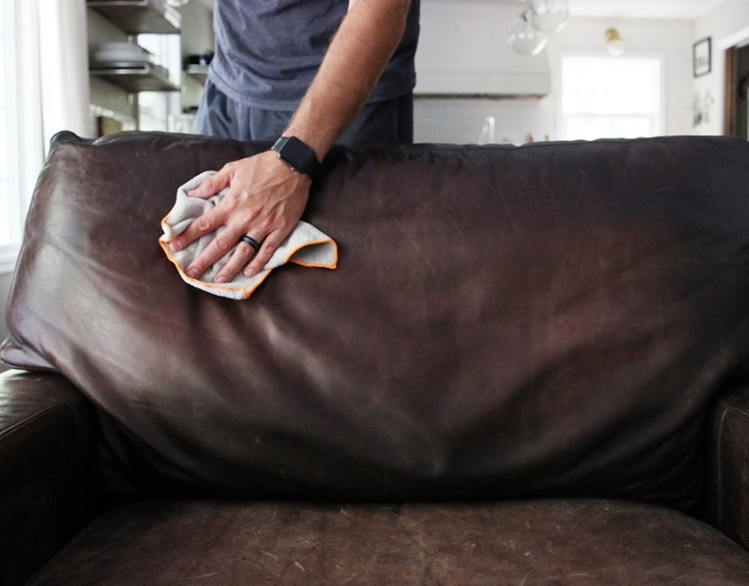



:max_bytes(150000):strip_icc()/galley-kitchen-ideas-1822133-hero-3bda4fce74e544b8a251308e9079bf9b.jpg)

